
When Errollyn Wallen wrote about her creative life in The Guardian recently, her story echoed those of female composers through the centuries. ‘Wherever I turned there was rejection’, she said. ‘Nothing about me fitted the picture of a composer. I didn't even fit the image to myself – I wasn't white, male, dead, in a wig or on a wall.’
Historically, the musical world has been dominated by men, with only a few women breaking through societal norms to reach high acclaim. In the past, composing was often seen as an improper activity for women. Those who did pursue it tended to use male pseudonyms to get published and perform, and consequently many works have been misattributed. There are exceptions, of course. Barbara Strozzi, for instance, was encouraged to compose by her father and published eight volumes of music under her real name in the 17th century. Yet even if the liberation of women's rights in the 19th and 20th centuries has changed attitudes towards female composers, attaining equitable recognition remains an ongoing struggle.
Despite this somewhat bleak picture, we are now witnessing positive steps for women working in the music industry. In January of this year, Bachtrack released its annual statistics of classical music performances and revealed that over the past 10 years there has been a steady increase in programming of music by living composers. Women composers make up seven out of the top 20 most-performed living composers; by contrast, in 2013 there were none. Organisations such as Donne, Women in Music, Boulanger Initiative and Composeher are dedicated to achieving gender equality in the music industry and shining the spotlight on women composers. Positive change is happening.
If we are to recognise the contributions of all composers, I believe it starts in the music room. At school and university, I was rarely exposed to music by women or composers of colour. I remember learning the ‘Chaminade’ Flute Concertino and assuming that Chaminade was a man – simply because every other composer I had played was. Although it bothers me that I didn't even challenge it at the time, I am making up for it now by supporting teachers with resources, including a free ‘Women's History Month Listening Calendar’ (available online at icancompose.com), and by sharing the stories of women working in composing and music education.
It was a pleasure to interview nine inspirational composers ahead of Women's History Month and shine a light on their important creative contributions. I was keen to hear about how they had got to where they are now. A musical journey is rarely, if ever, taken alone and I wondered who had influenced these girls and encouraged them to flourish. Likewise, I wanted to explore how we can support our female students and colleagues in pursuit of their musical aspirations.
Three common themes emerged from these interviews: (1) the impact of strong role models; (2) the importance of networks; (3) and our responsibility to promote a diverse range of music.
Positive role models
As educators, we understand all too well the importance of positive role models. When a young person has someone they can look up to as a ‘template of success’, the effect can be transformational and long-lasting. Composer Dr Kirsty Devaney told me there hadn't been any female composers presented to her at school, and it was not until she met Errollyn Wallen at a BBC event that she realised composing could be a career option. After that encounter, Devaney viewed composing differently. She went on to study it at degree level, before gaining a PhD focusing on how composing is taught in the secondary classroom.
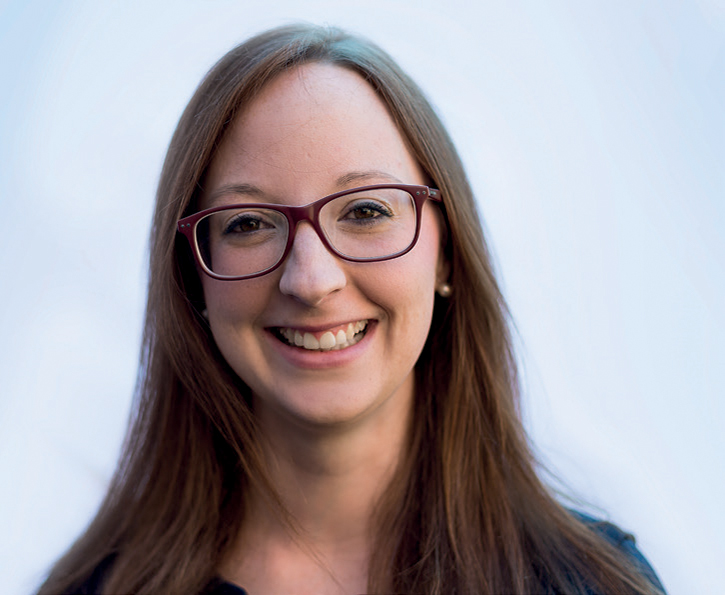 Dr Kirsty Devaney
Dr Kirsty Devaney
For Sharon Jagdev Powell, interim head of service at Leicestershire Music, her secondary music teacher was a positive influence. ‘He made music enjoyable and showed me how accessible learning could be’, she explained. ‘We had a trainee teacher on placement who was keen on composing, and it felt great to learn from a “real” composer who inspired me to explore chords and melodies that took off at unexpected tangents.’
We have a responsibility as educators to ensure that students are exposed to a diverse range of musicians, and we never know how far that influence may go. Violinist and change-maker Mahaliah Edwards discovered this first-hand when she had the opportunity to work with Germa Adan, the Haitian-American singer-songwriter and multi-instrumentalist Germa. ‘It was an amazing experience. She was a real role model for me as I'd never even met another professional black female violinist’, said Edwards, ‘and she introduced me to Haitian music and culture’. Edwards went on to say that ‘as a teacher, I want my pupils to feel like they can see themselves in the music they learn, whether through tastes, cultural heritage or broadening their musical palette’.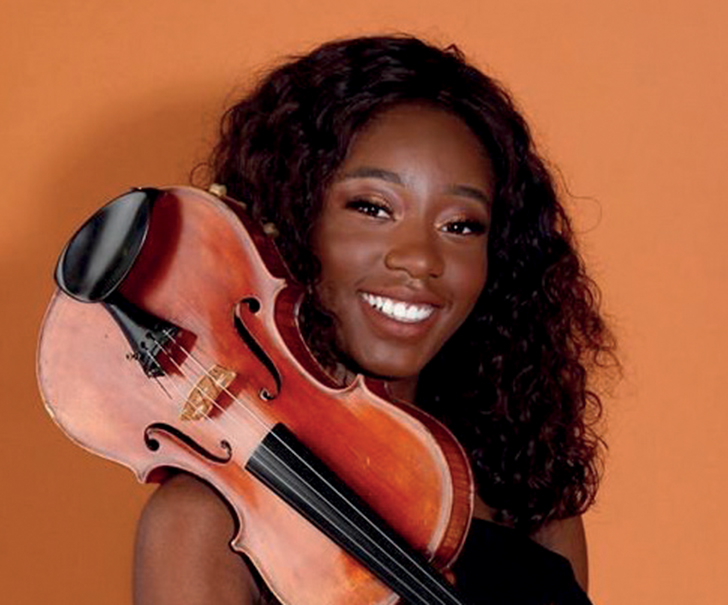 Mahaliah Edwards. Credit: Bethany Watkins
Mahaliah Edwards. Credit: Bethany Watkins
I was struck by my conversation with Olivia Sparkhall – author, composer and assistant head of music at Godolphin School – by how she is inspiring the girls in her classroom. An award-winning composer (Three Choirs Festival Winner, 2022), Sparkhall writes music for her students to perform and actively includes female composers in the music curriculum. Her own role models include Cecilia McDowall and Judith Weir, and she confesses to thinking often: ‘What would Judith do?’
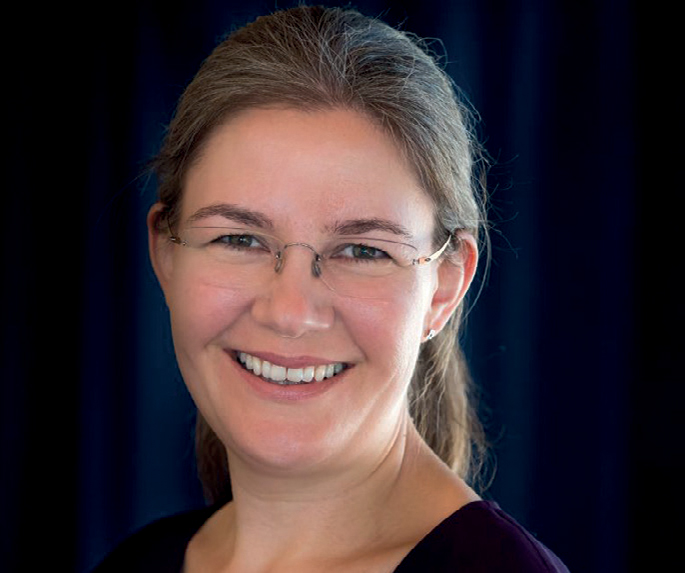 Olivia Sparkhill. Credit: Ash Mills
Olivia Sparkhill. Credit: Ash Mills
Importance of networks
Our role models can derive from various situations, but they need not always be known to us personally. That said, having a group of advocates and supporters is paramount to moving forward both professionally and personally. Composer and suffragette Ethel Smyth knew this to be true and worked hard to make connections and leverage her contacts to secure performances of her compositions.
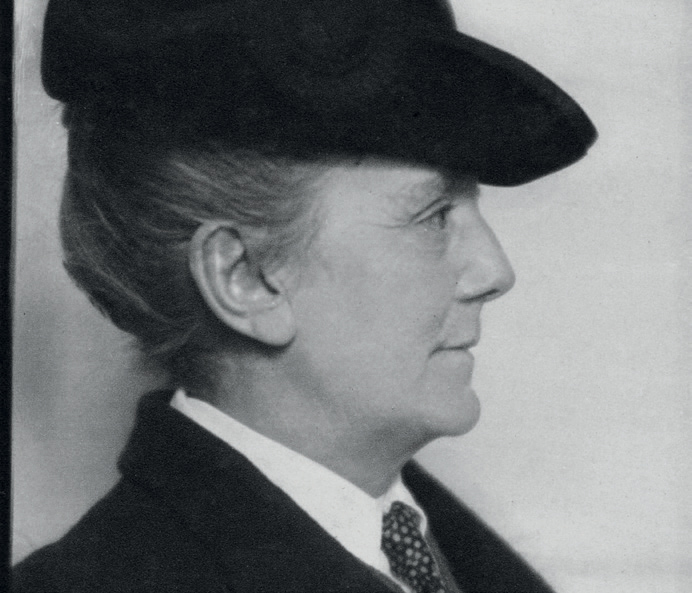 Ethel Smyth. Credit: Adobe Stock / Archivist
Ethel Smyth. Credit: Adobe Stock / Archivist
Being a composer is not all sitting at the piano churning out scores, of course. Writing funding applications, pursuing creative opportunities and managing project deadlines are all part and parcel of the composer's journey. Florence Anna Maunders can vouch for the importance of networks and collaboration. As a recipient of both the ABRSM Composer Mentor Programme and RPS (Royal Philharmonic Society) composer scheme, she worked with ensembles such as the Kyan Quartet and National Youth Jazz Orchestra, as well as receiving mentorship from experienced composers. ‘There was a real sense of community’, Maunders said of the RPS scheme, ‘and we were supported through the year with all kinds of super-helpful training.’ Devaney also recognised the need for composers to be part of a network early on and created the Young Composers' Project (YCP) ‘to offer a creative and supportive space and community of young musicians’. Over one hundred young people have now come through YCP, with many going on to study composition in higher education.
Promoting a diverse range of music
Positive role models and networks may go some way to supporting women's careers in music, but intentional promotion in the classroom is also necessary. Are students aware of and learning about music written by both men and women? I've chatted with numerous teachers who actively sought to include more diverse examples in their lessons. Jenetta Hurst, music teacher and founder of The Creative Educator explained that KS3 students have a different focus each year for Black History Month: ‘One focus is the work of black female pianists, and students are exposed to the work of Errollyn Wallen, Dr Samantha Ege, Rebeca Omordia, Jeneba Kanneh-Mason and the former civil rights' activist, pianist and music educator Zenobia Powell Perry.’
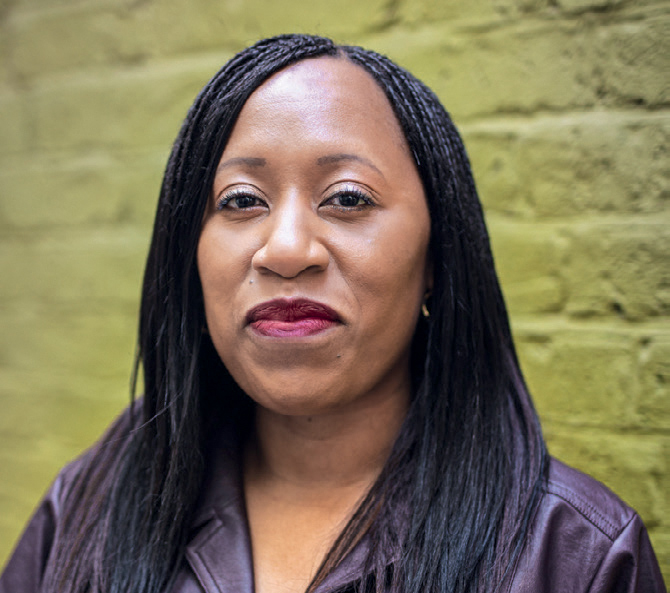 Jenetta Hurst. Credit: Donna Ford
Jenetta Hurst. Credit: Donna Ford
Nancy Evans, director of learning and participation for Birmingham Contemporary Music Group, shared how the organisation has historically had significant relationships with women composers such as Tansy Davies and Judith Weir. ‘More recently’, she added, ‘there has been a conscious effort to perform and commission more female composers – not quotas but a steady and significant rise.’
Sally Beamish was also positive in her outlook. ‘It's a good time to be a composing woman. There are lots of opportunities and there's not the same suspicion of female composers. But I think that people still deep down equate “composer” with “man” – because the great works we know from the past are mostly by men. However, this is changing, as we discover more great works written by women from previous times.’ Beamish is right. There are great works composed by women (and that's for another article) which deserve to be performed and studied.
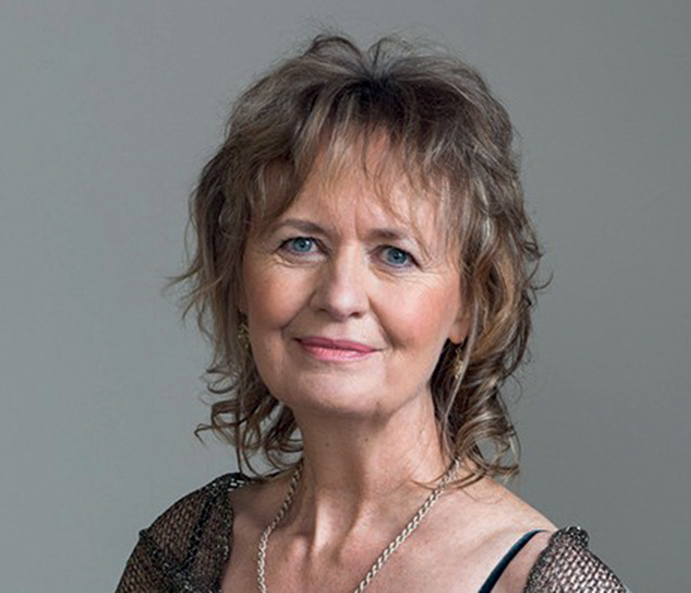 Sally Beamish. Credit: Ashley Coombes
Sally Beamish. Credit: Ashley Coombes
Significant steps forward have been made since Smyth's era and I think she would be delighted. We can build on this further by aspiring to have equity among men and women composers, where music is included in the classroom and on concert programmes on the basis of merit alone.




